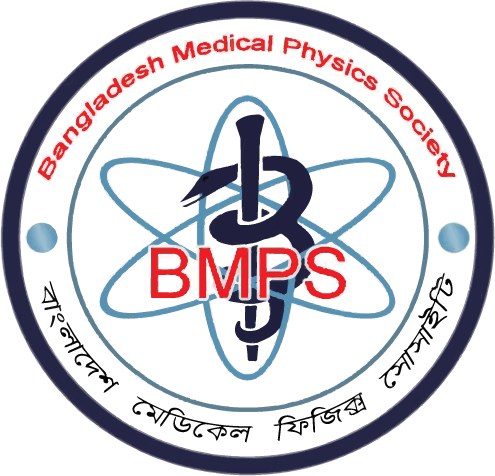Medical Physics is primarily an applied branch of physics and deals with the application of physical principles to the diagnosis and treatment of human disease. It encompasses those branches of medical physics that are generally referred to as therapeutic medical physics, diagnostic medical physics, medical nuclear physics, radiation protection and the combined field of medical physics.
According to the revised definition provided by International Organization for Medical Physicists “Medical Physicists apply knowledge and methodology of science of physics to all aspects of medicine, to conduct research, develop or improve theories and address problems related to diagnosis, treatment, and rehabilitation of human disease. They are directly involved with patients and people with disabilities.”
Medical physicists are health care professionals with specialized training in the medical applications of physics. Their work often involves the use of x-rays, ultrasound, magnetic and electric fields, infra-red and ultraviolet light, heat and lasers in diagnosis and therapy. Most medical physicists work in hospital diagnostic imaging departments, cancer treatment facilities, or hospital-based research establishments or in Universities.
Some typical responsibilities of a medical physicist may include, but are not limited to, the following items. The scope of these varies widely based on the size and staffing of the institution.
- Performance of acceptance testing, calibration, and safety surveys of imaging and radiation therapy equipment.
- Development of purchasing and acceptance specifications for imaging and radiation therapy equipment.
- Consultation with the radiologist and radiation oncologist concerning patient and fetal dose determinations.
- Consultation with other physicians and patients regarding radiation exposure and safety.
- Participation in department financial and personnel planning.
- Teaching and presentation of continuing education programs for medical students, radiology or radiation oncology residents, graduate students, physicians, nurses, technologists, ancillary personnel and other staff.
- Participation in planning for future radiology or radiation oncology facilities.
- Direction of radiation safety program.
- Development, implementation and supervision of quality control programs in the radiology or radiation oncology department.
- Research and development of new devices and modalities for improved diagnostic and therapeutic uses of radiation and ultrasound.
- Membership on applicable committees, such as the Safety Committee, the Radiation Safety Committee, Radioactive Drug Research Committee, Continuous Quality Improvement (CQI) Committee, Disaster Committee Cancer Care Committee, and Institutional Review Board.
- Participation in clinical and basic research.

